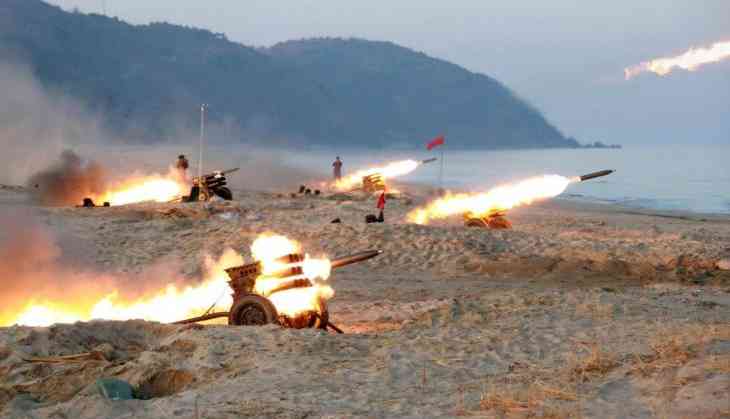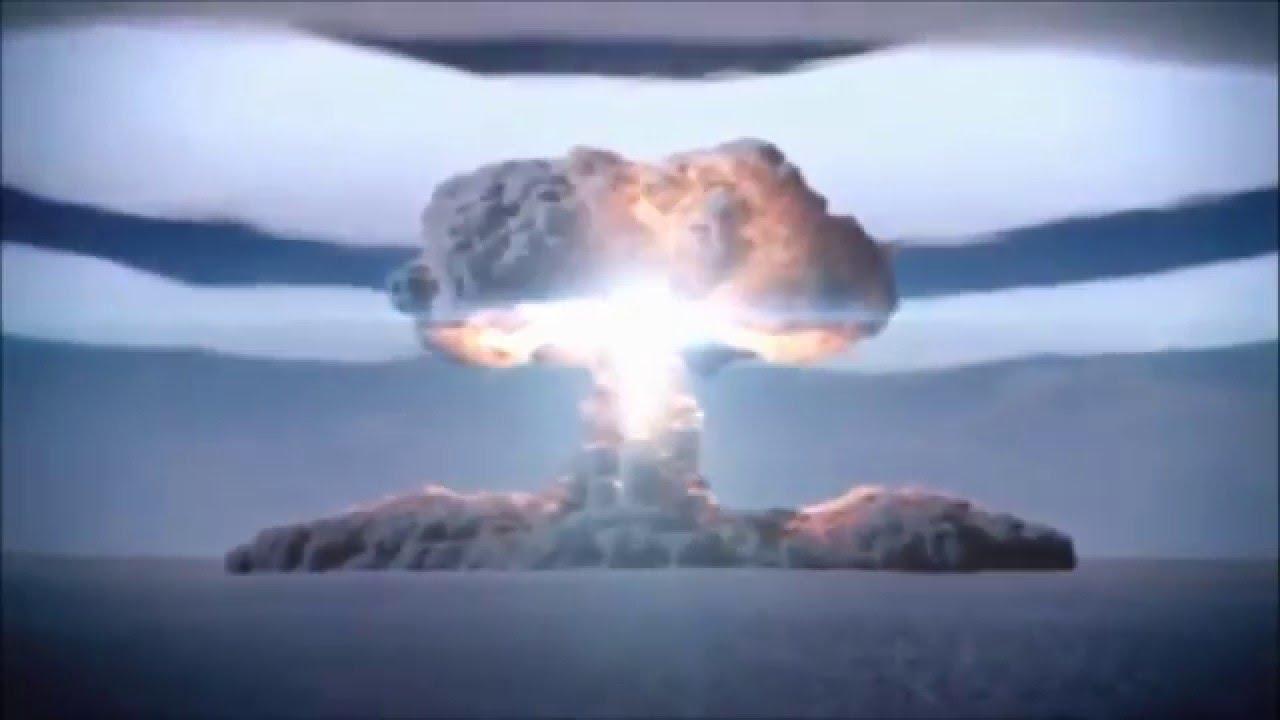Kim Jong-Un didn't closed North Korea nuclear site, it collapsed and could cause extreme radiation: Chinese study

Scientists at the University of Science and Technology of China has released a finding that North Korea's primary nuclear site in mount Mantapsan was partially destroyed after numerous explosions.
This revelation has raised question and doubt on N Korea's motive when it announced last week prior to US summit that they have stopped the nuclear test.
According to the scientists the site was forced to shut down under the stress of radiation leaks.

The nuclear testing site named as Punggye-ri has been functional since 2006 in the northeast of North Korea. But, the recent finding suggests that the mountain collapsed partially which has made the site unsafe.
Last year September there was a nuclear explosion that released a lot of heat and energy making the tunnels beneath Mount Mantap unstable for further testing.
The explosion caused an earthquake of magnitude 6.3. According to the scientists, there were four more earthquakes that happened. The yield of the bomb was estimated at more than 100 kilotons of TNT or energy. This explosion would be much more than 1945 Hiroshima yield, which was 15 kilotons.

In the research, summary authors said, "In view of the research finding that the North Korea nuclear test site at Mount Mantap has collapsed, it is necessary to continue to monitor any leakage of radioactive materials that may have been caused by the collapse."
It is to be noted that similar finding was published last month by a team led by Liu Junqing.
China at present is concerned about the North’s nuclear tests since the Punggye-ri site is less than 100km (60 miles) from the border with China.
Also Read: When Trump met Macron: From wild handshakes, awkward kisses to wiping dandruff
First published: 26 April 2018, 14:21 IST
